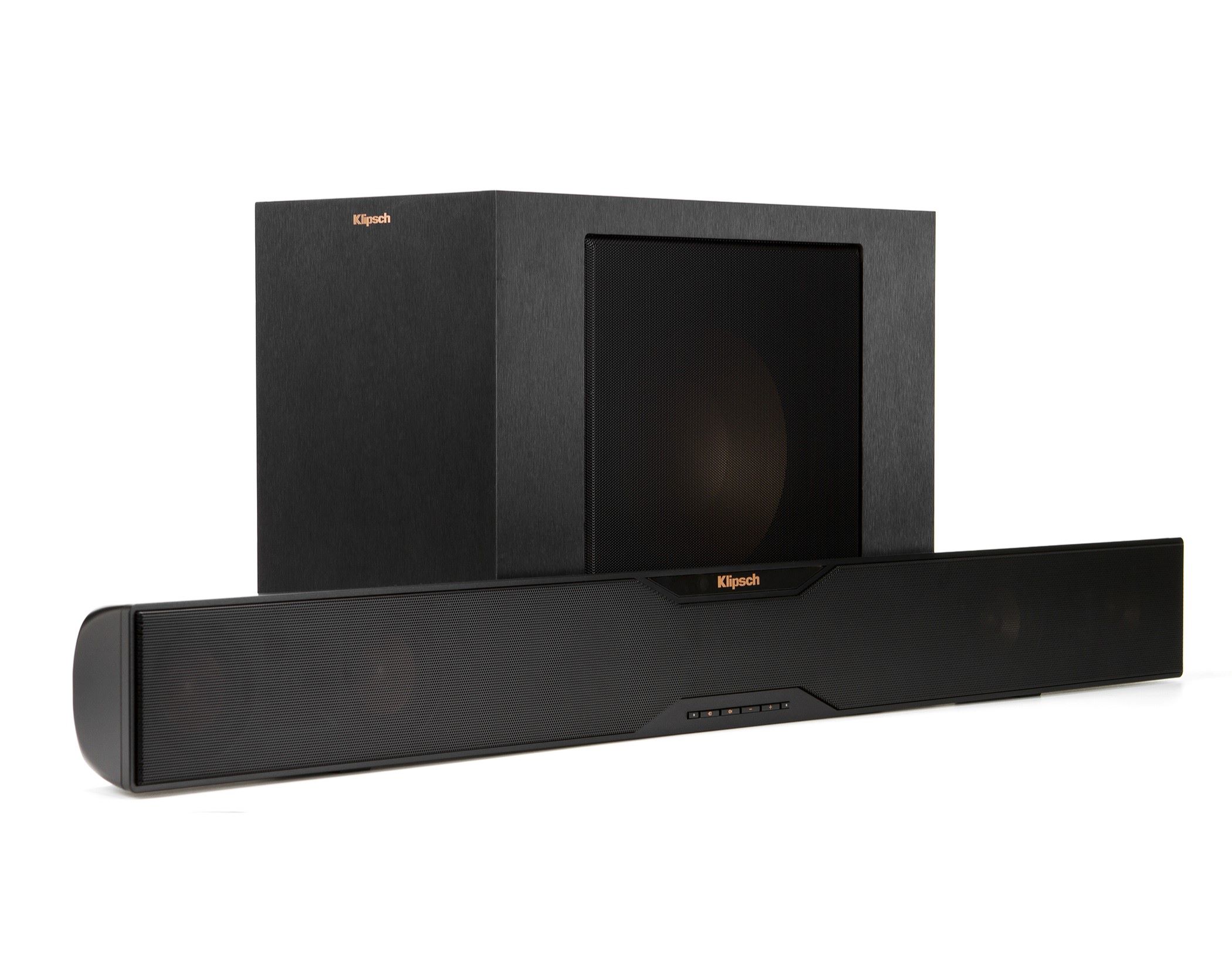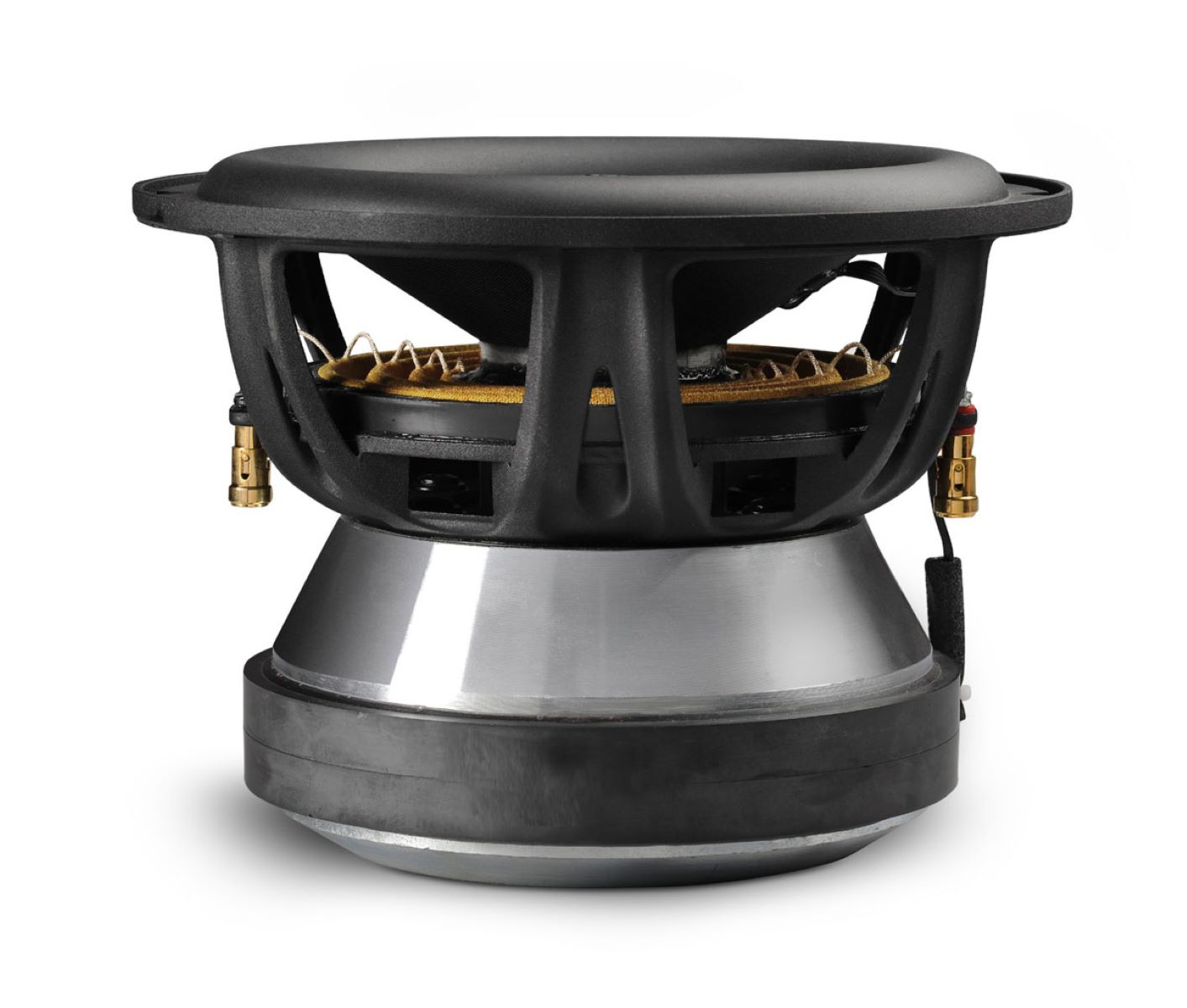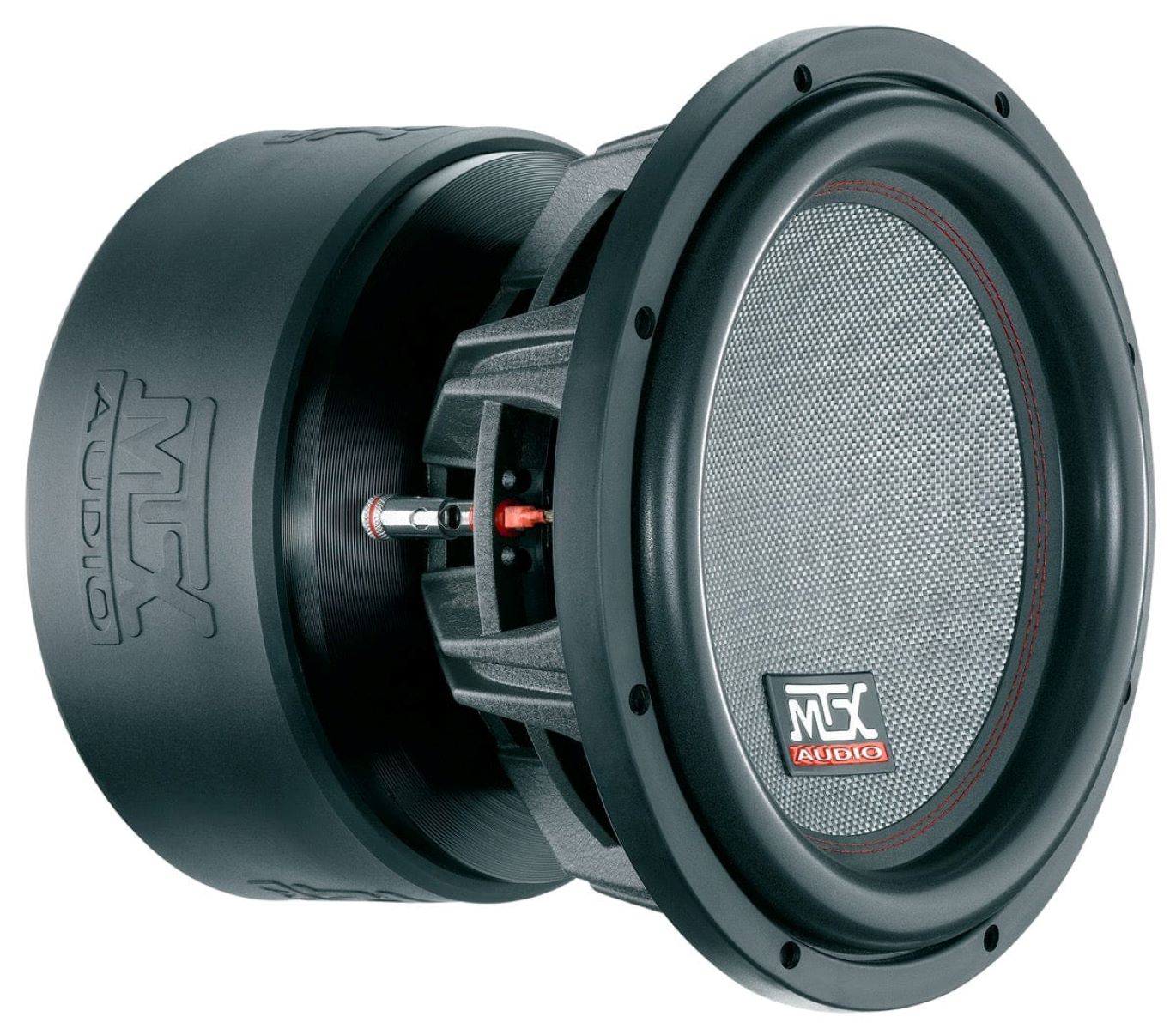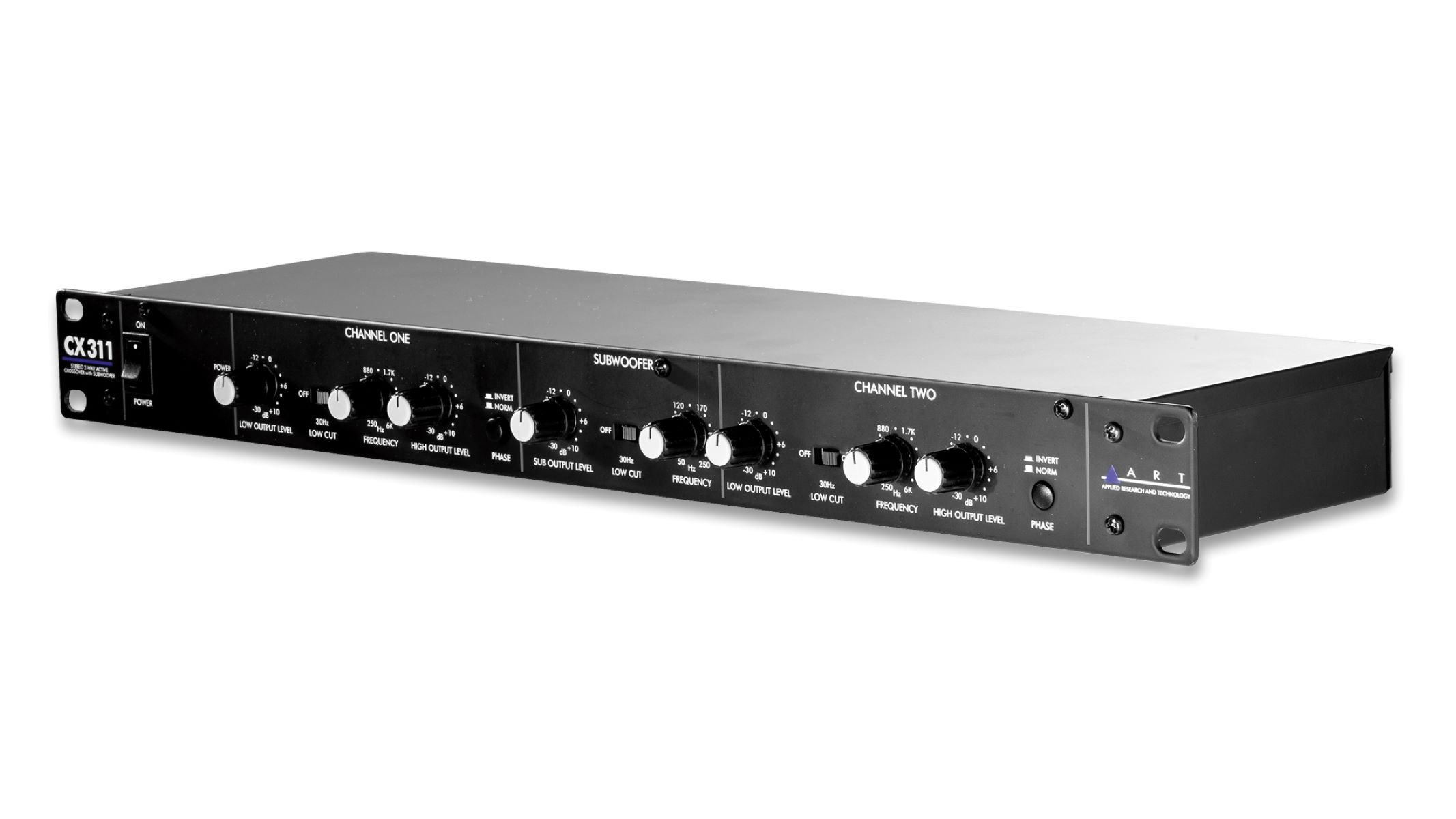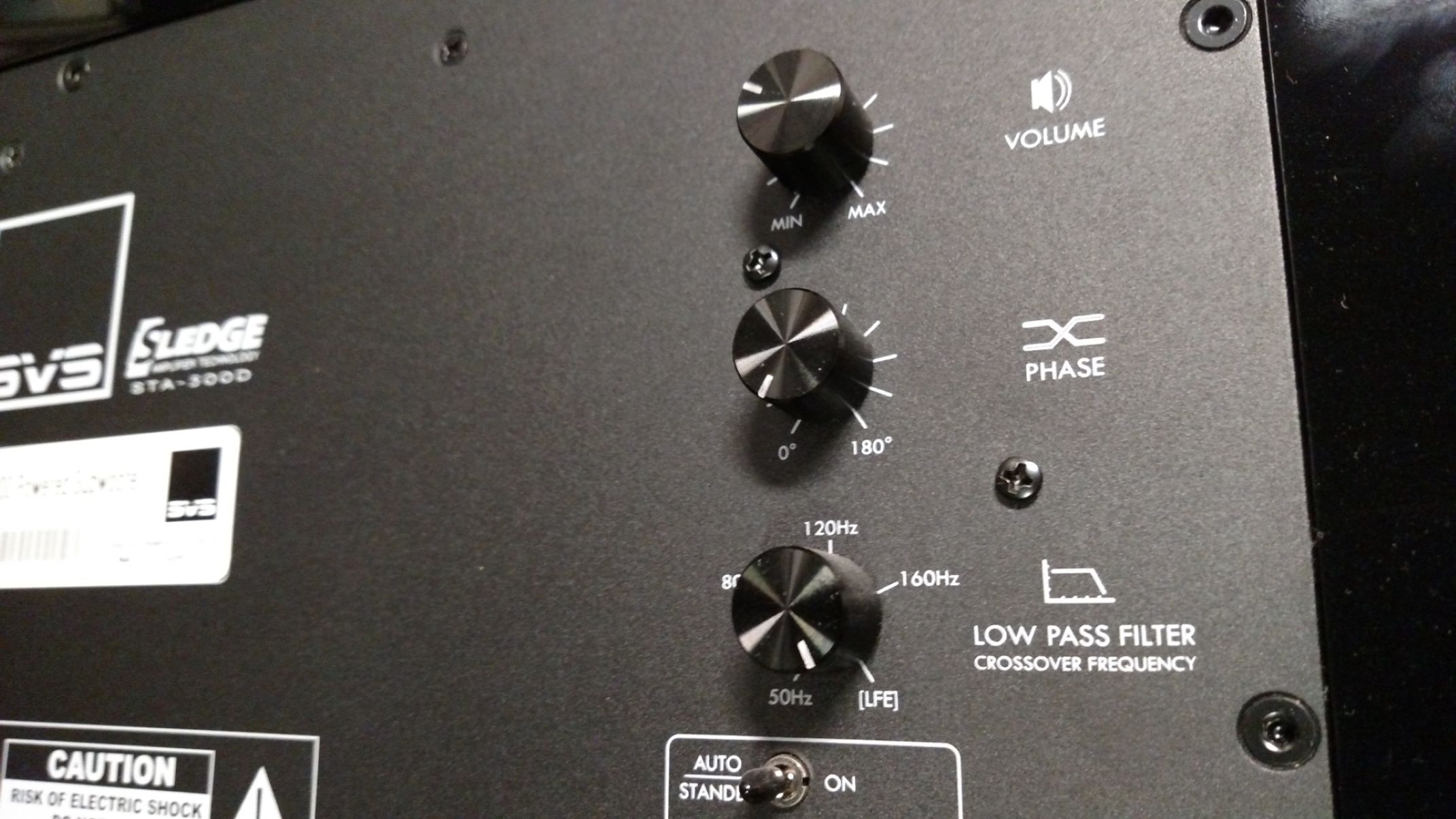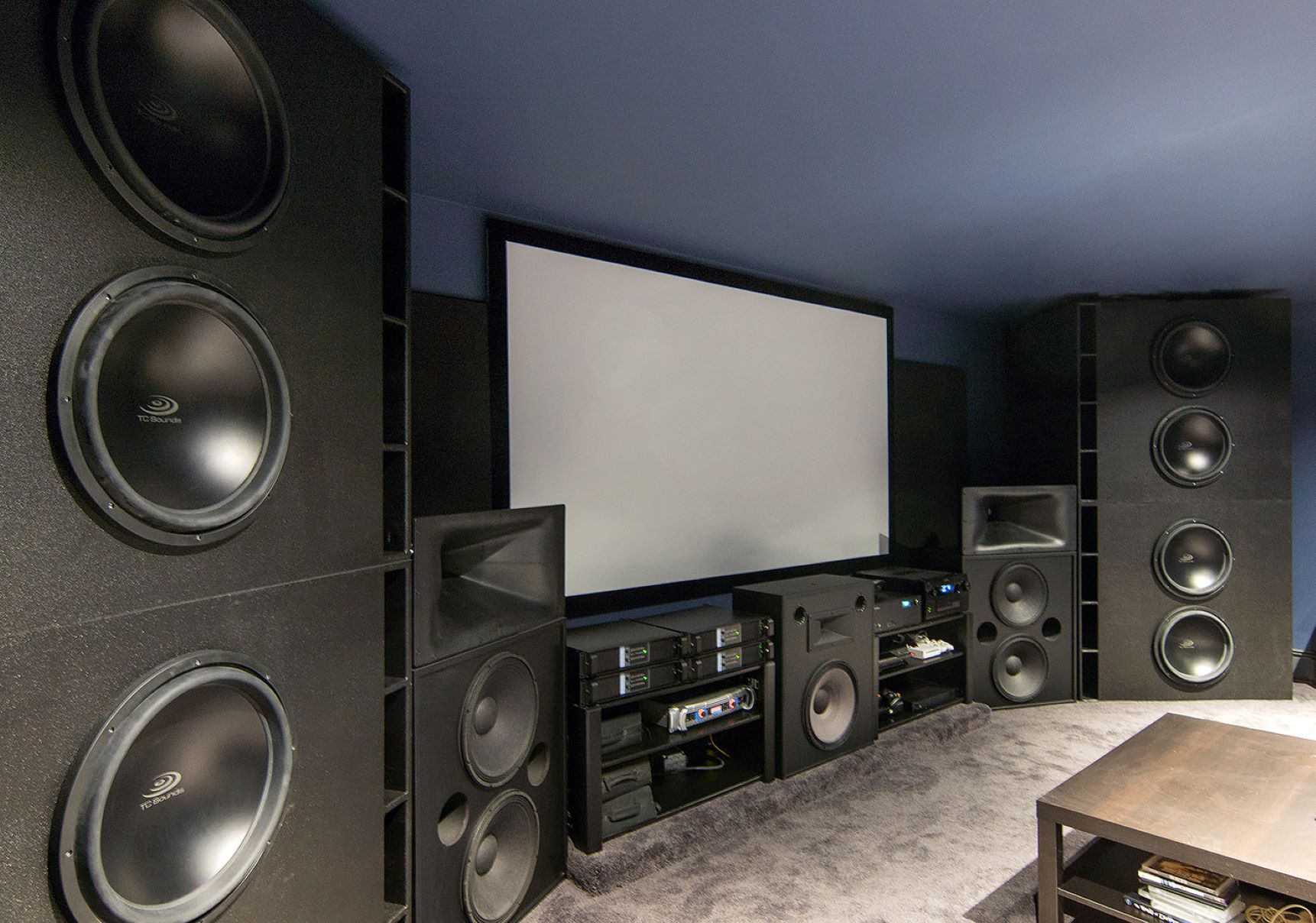Home>Devices & Equipment>Subwoofer>What Is Gain On A Subwoofer
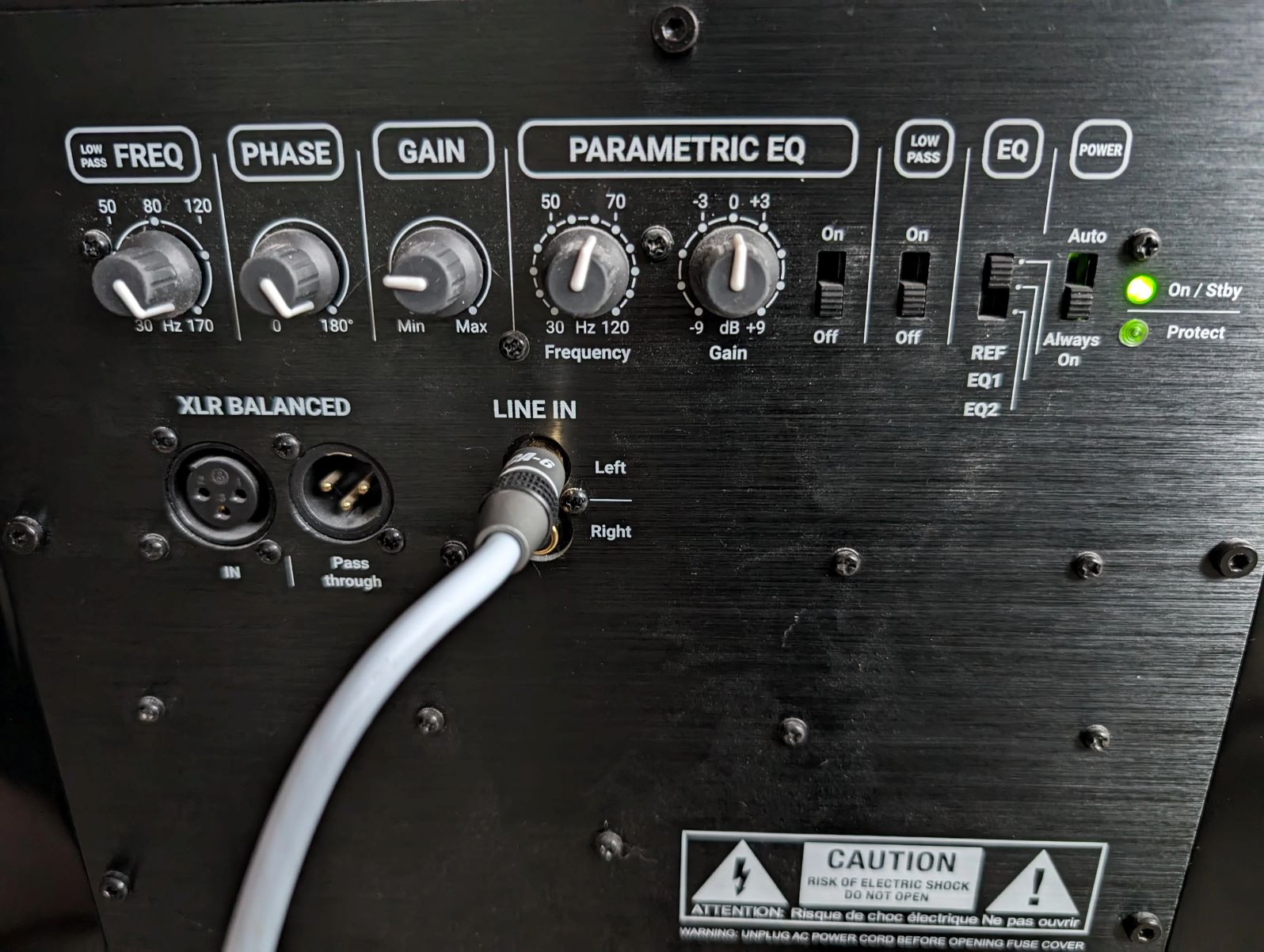

Subwoofer
What Is Gain On A Subwoofer
Modified: February 18, 2024
Discover what gain means on a subwoofer and how it affects sound quality. Learn how to optimize your subwoofer's gain settings for maximum bass performance.
(Many of the links in this article redirect to a specific reviewed product. Your purchase of these products through affiliate links helps to generate commission for AudioLover.com, at no extra cost. Learn more)
Table of Contents
Introduction
In the world of audio systems, the subwoofer plays a crucial role in delivering powerful and immersive low-frequency sound. Whether you’re a music lover, a movie enthusiast, or a gaming fanatic, a quality subwoofer can bring a whole new dimension to your audio experience. But have you ever wondered what makes a subwoofer truly shine in terms of sound quality and performance? One key element that greatly influences the output of a subwoofer is the gain.
When it comes to subwoofers, gain is often misunderstood or overlooked. However, understanding and properly adjusting the gain on your subwoofer can make a significant difference in the overall sound reproduction. Gain is a critical factor that affects the volume and clarity of low-frequency sound produced by a subwoofer.
In this article, we will delve into the concept of gain and its importance in subwoofers. We will explore how gain works, factors that can affect it, and how to adjust it to optimize the performance of your subwoofer. By the end, you will have a solid understanding of gain and be able to make informed decisions to enhance your audio experience.
Definition of Gain
Before we delve into the importance of gain in subwoofers, let’s start by understanding what exactly gain is. In the context of audio systems, gain refers to the amplification or increase in signal strength. It is measured in decibels (dB) and determines the volume level of the audio output.
When it comes to subwoofers, gain specifically refers to the amount of amplification applied to the low-frequency signals that the subwoofer handles. In simpler terms, adjusting the gain on a subwoofer controls how loud or soft the low-frequency sound reproduced by the subwoofer will be.
The gain control on a subwoofer is usually a dial or knob that allows you to increase or decrease the amplification of the low-frequency signal. This control gives you the ability to match the output of the subwoofer with the rest of your audio system and also adjust it to suit your personal preferences.
It’s important to note that the gain control on a subwoofer is not a volume control in the traditional sense. It doesn’t directly control the overall volume of the subwoofer; instead, it adjusts the amplification of the low-frequency signals. The volume level of the subwoofer is typically controlled using a separate volume control either on the subwoofer itself or on the audio receiver or amplifier.
Now that we have a clear understanding of what gain is in the context of subwoofers, let’s explore why it is such an important aspect to consider for optimal subwoofer performance.
Importance of Gain in Subwoofers
The gain control on a subwoofer holds significant importance as it directly impacts the performance and sound quality of the subwoofer. Here are several reasons why gain is crucial for optimal subwoofer operation:
- Volume Matching: Adjusting the gain allows you to match the volume level of the subwoofer with the rest of your audio system. This ensures a balanced and cohesive sound experience, where the subwoofer complements the main speakers without overpowering or getting drowned out.
- Bass Integration: The gain control is especially vital in achieving seamless integration of the subwoofer’s bass with the main speakers. By adjusting the gain, you can finely tune the low-frequency output to blend harmoniously with the mid-range and high-frequency sound, creating a more natural and immersive audio reproduction.
- Optimal Bass Performance: Setting the gain correctly ensures that the subwoofer delivers powerful and accurate bass. Underpowering the subwoofer (lower gain) results in weak and insufficient bass, while overpowering it (higher gain) can lead to distortion and muddiness. Finding the right gain level provides the best bass performance without compromising on clarity and precision.
- Preventing Distortion: In an audio system, distortion can occur when a signal becomes too loud for the equipment to handle, causing it to distort or clip. Adjusting the gain properly helps prevent distortion in the subwoofer by ensuring that the low-frequency signals are amplified within the subwoofer’s power handling capabilities.
- Avoiding Overdriving: Overdriving a subwoofer occurs when the gain is set too high, causing the subwoofer to try and reproduce sounds beyond its capabilities. This can lead to damage, decreased lifespan, and compromised sound quality. Setting the gain correctly helps protect your subwoofer and maintain its longevity.
As you can see, gain plays a vital role in achieving the best possible performance from your subwoofer. Taking the time to properly adjust the gain ensures that your subwoofer seamlessly integrates with your audio system, producing accurate and powerful bass without distortion or damage.
Factors Affecting Gain on a Subwoofer
Adjusting the gain on a subwoofer requires considering several important factors to ensure optimal performance. These factors can influence how the subwoofer handles and reproduces low-frequency signals. Let’s explore the key factors that affect the gain on a subwoofer:
- Room Acoustics: The acoustics of your listening room have a significant impact on the perceived bass response. Factors such as room size, shape, and furnishings can affect how the low-frequency sound waves interact with the space. Adjusting the gain takes into account these room characteristics, helping to compensate for any natural resonances or nulls in the bass response.
- Subwoofer Placement: Where you place your subwoofer in the room can profoundly affect its performance. Placing the subwoofer in different locations can result in changes in bass response due to room modes and reflections. The gain control helps you compensate for variations in bass output caused by subwoofer placement.
- Main Speaker Specifications: The characteristics and capabilities of your main speakers dictate how the subwoofer should be adjusted. If your main speakers have limited bass reproduction, you may need to increase the gain on the subwoofer to compensate for the lack of low-frequency output. On the other hand, if your main speakers have strong bass response, you may need to decrease the gain to maintain a proper balance with the rest of the audio system.
- Listening Preferences: Personal taste and listening preferences play a significant role in setting the gain on a subwoofer. Some listeners prefer a more pronounced and powerful bass, while others prefer a subtler and more balanced bass response. Adjusting the gain allows you to customize the level of bass impact according to your preferences.
- Content Type: Different types of audio content, such as music, movies, or games, may require different levels of bass emphasis. For example, action movies may benefit from a higher gain setting to enhance explosive low-frequency effects, while classical music may require a more refined and subtle bass reproduction. Depending on the content you frequently enjoy, you can adjust the gain to optimize the subwoofer’s performance for that specific content.
By considering these factors and adjusting the gain accordingly, you can ensure that your subwoofer delivers an immersive and balanced bass experience in your specific listening environment.
Adjusting Gain for Optimal Performance
Properly adjusting the gain on your subwoofer is crucial to achieving the best possible performance and sound quality. Here are some steps to follow when adjusting the gain:
- Start with a Balanced Setup: Ensure that your main speakers are properly calibrated and set to a comfortable listening level. This establishes a baseline for integrating the subwoofer into your audio system without overpowering or underperforming.
- Set the Subwoofer Volume: Adjust the subwoofer volume initially to a moderate level. This prevents extreme swings in volume and allows you to focus on adjusting the gain more accurately.
- Play a Bass-Heavy Source: Choose a music track, movie scene, or audio material that contains ample low-frequency content. This will help you assess the impact of the subwoofer in relation to the rest of the audio system.
- Gradually Increase the Gain: Start by setting the gain to the minimum level and gradually increase it while listening to the bass response. Pay attention to distinct bass notes, tightness, and clarity. Stop increasing the gain when you reach a point where the bass adds depth and impact to the audio without overpowering or sounding distorted.
- Listen from Different Listening Positions: Move around your listening area while adjusting the gain to evaluate how the bass response changes in different locations. This helps ensure a more consistent and balanced bass experience throughout the room.
- Experiment and Fine-Tune: Take the time to experiment with different gain settings to find the sweet spot that suits your preferences and the content you frequently enjoy. Fine-tuning the gain ensures that the subwoofer seamlessly integrates with your audio system and provides the desired bass performance.
Remember that the optimal gain setting may vary depending on room acoustics, speaker capabilities, and personal preferences. It’s always a good idea to refer to the manufacturer’s recommendations and guidelines for your specific subwoofer model.
By following these steps and actively listening to the bass response, you can fine-tune the gain on your subwoofer to achieve an immersive and balanced audio experience.
Common Misconceptions about Gain
When it comes to adjusting the gain on a subwoofer, there are a few common misconceptions that can lead to confusion or suboptimal performance. Let’s address these misconceptions and provide clarity:
- Gain Determines Overall Volume: One of the most prevalent misconceptions is that the gain control on a subwoofer directly controls the overall volume. In reality, the gain only affects the amplification of the low-frequency signals, not the overall volume of the subwoofer. The volume level is typically controlled using a separate volume control on the subwoofer or the audio receiver.
- Maxing Out the Gain for More Bass: Some individuals mistakenly believe that maximizing the gain will result in more bass output. However, this approach can lead to distortion, clipping, and overall poor sound quality. It’s important to find the optimal gain setting that provides a balanced and clear bass response without pushing the subwoofer beyond its capabilities.
- Gain is a One-Time Setting: Another misconception is that once the gain is set, it doesn’t need to be adjusted again. In reality, the gain may need to be fine-tuned based on factors such as room acoustics, speaker placement, and personal preferences. It’s important to periodically evaluate and readjust the gain to maintain optimal performance.
- Higher Gain Means Better Performance: Some believe that setting the gain to the highest level will result in the best subwoofer performance. However, each subwoofer has its specific range at which it performs optimally. Setting the gain too high can lead to distortion and damage to the subwoofer. It’s essential to find the right balance and avoid overdriving the subwoofer.
- Gain is Universal for All Content: There may be a misconception that the gain should be set once and remain the same regardless of the content being played. However, different types of audio content have varying levels of bass emphasis. Adjusting the gain to suit the specific content being enjoyed ensures an optimized listening experience.
By dispelling these misconceptions and understanding the true role of gain in subwoofers, you can make informed decisions and achieve the best possible performance from your subwoofer.
Conclusion
Understanding and properly adjusting the gain on a subwoofer is essential for achieving optimal performance and sound quality. Gain allows you to control the amplification of low-frequency signals, ensuring a balanced and immersive audio experience.
By matching the volume of the subwoofer with the main speakers, integrating the bass seamlessly, optimizing bass performance, preventing distortion and overdriving, and customizing the bass according to personal preferences and content type, adjusting the gain helps unlock the true potential of your subwoofer.
However, it’s important to dispel common misconceptions about gain, such as its direct control over overall volume or the belief that higher gain always means better performance. By following the recommended steps for adjusting the gain and periodically fine-tuning it, you can achieve the perfect balance between power, clarity, and precision in your subwoofer’s bass reproduction.
Remember, the optimal gain setting may vary based on factors such as room acoustics, speaker specifications, and personal preferences. Take the time to actively listen, experiment, and find the ideal gain setting that suits your audio system and preferences.
With a proper understanding of gain and its importance, you can enhance your audio experience and enjoy the immersive, powerful, and accurate bass that a subwoofer brings to your music, movies, and gaming.

